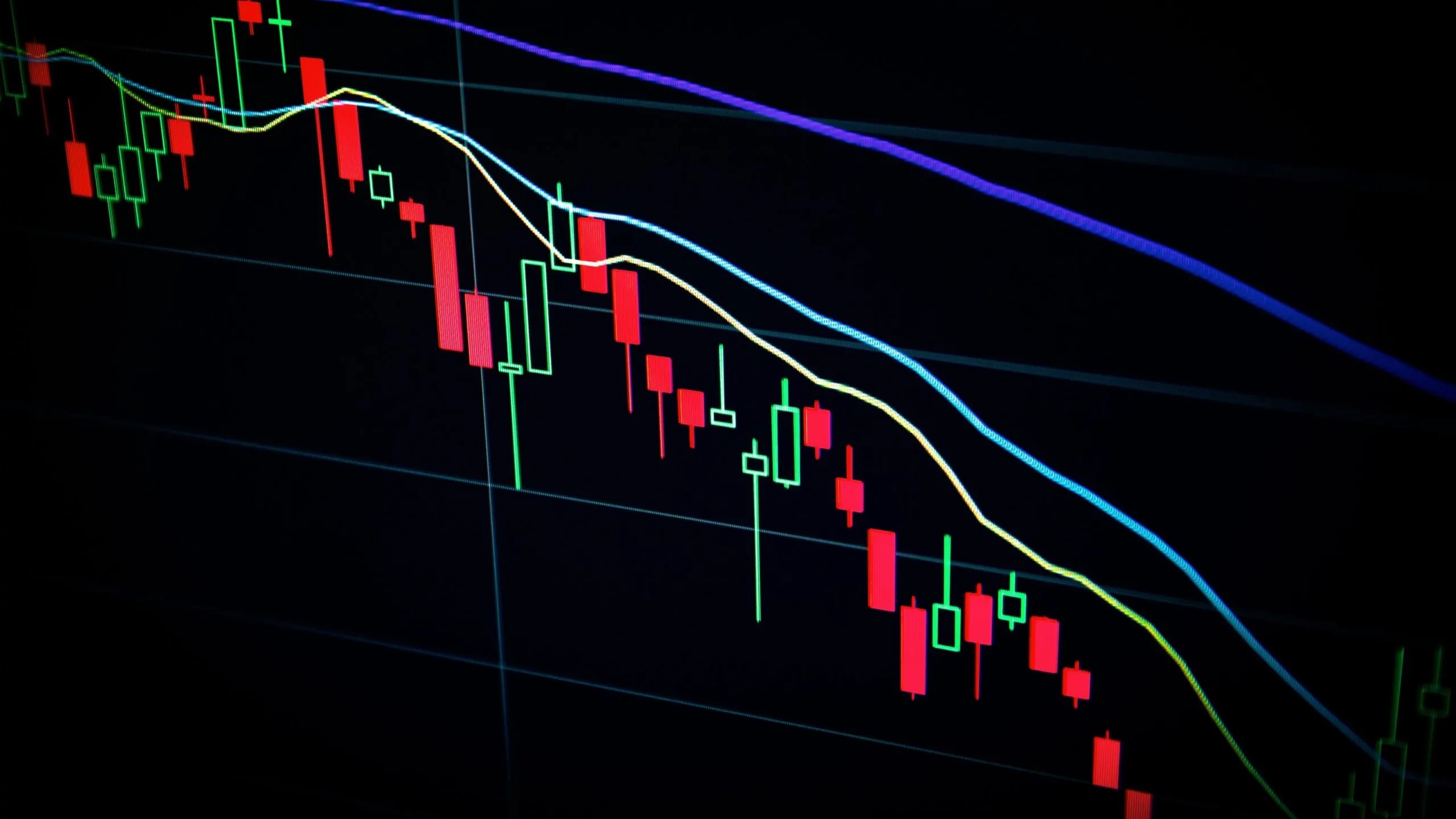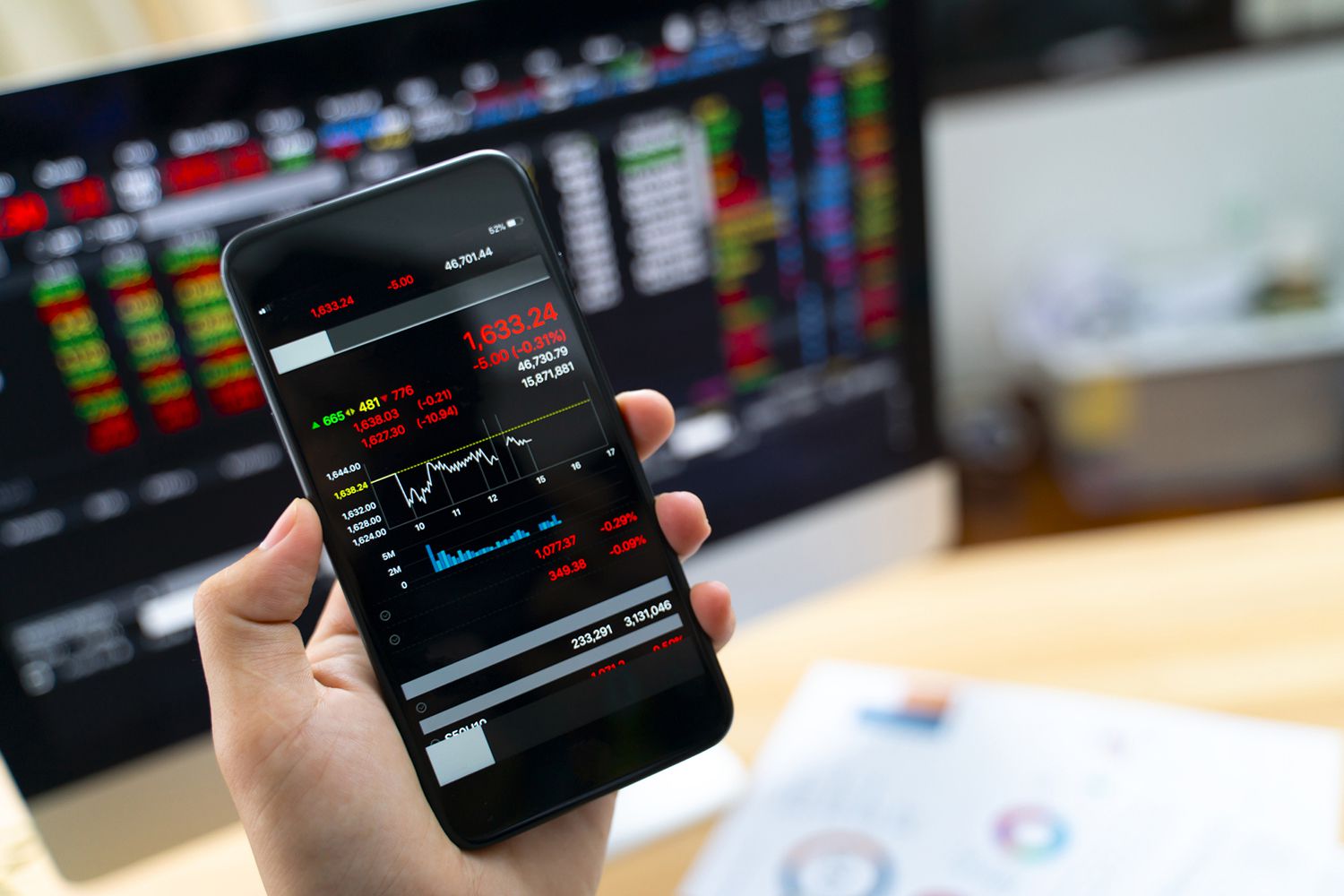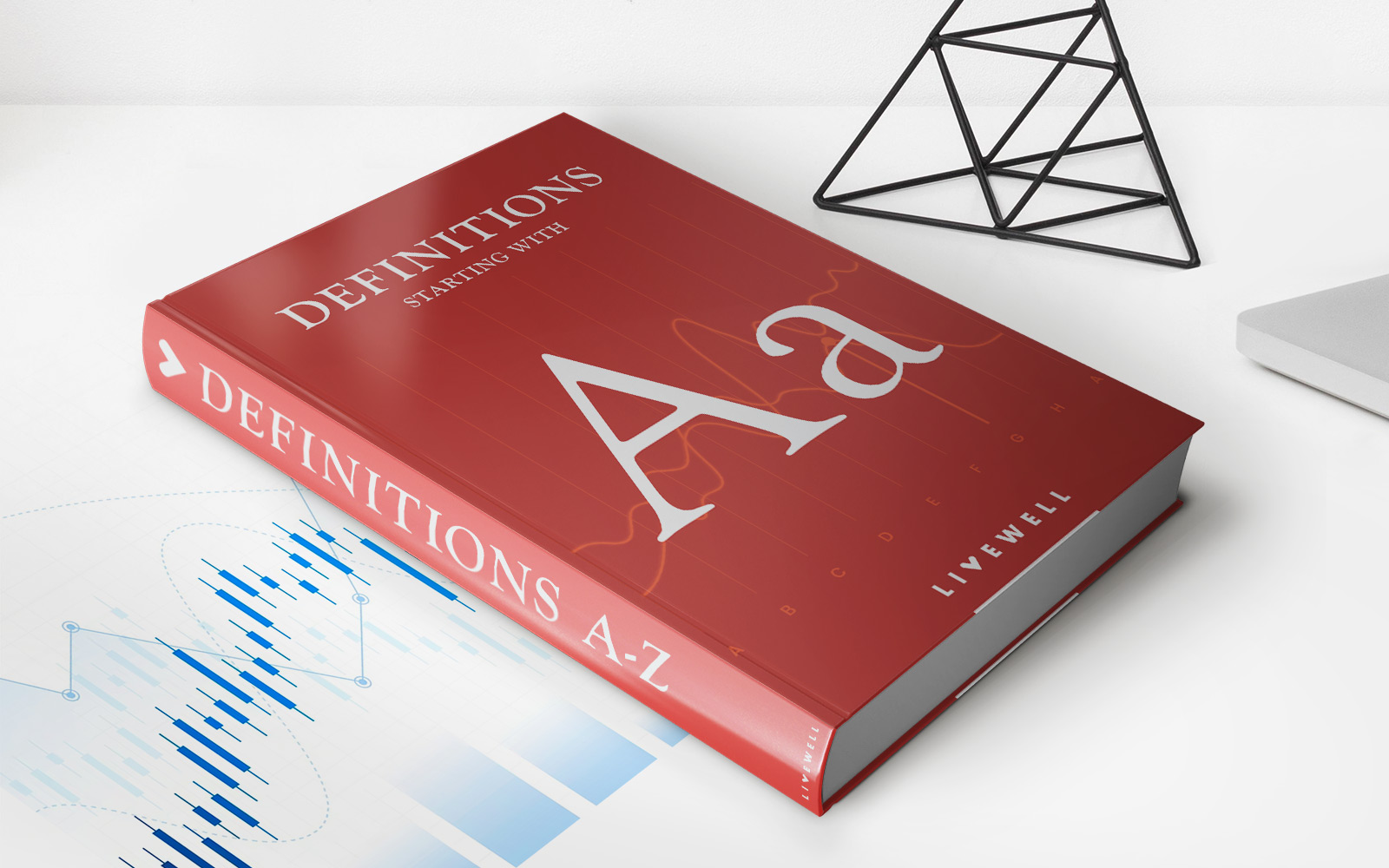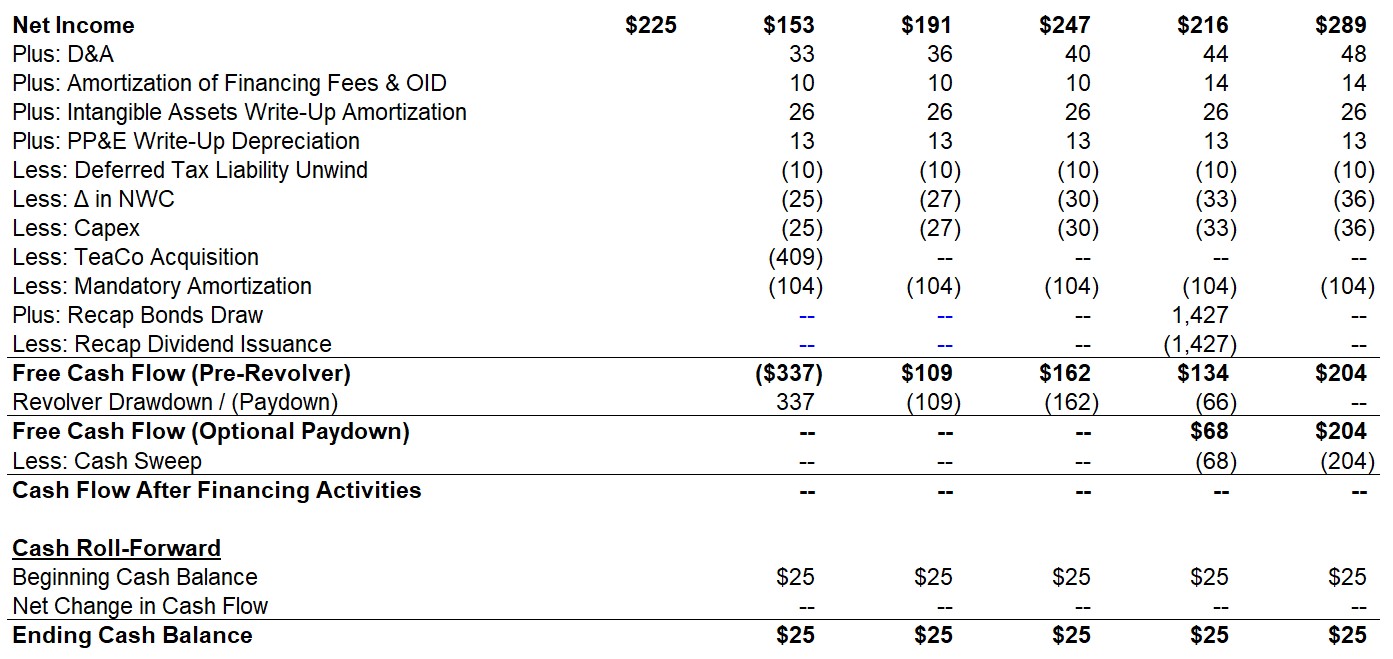

Finance
What Does Volume Mean In Cryptocurrency
Published: October 4, 2023
Discover the meaning of volume in cryptocurrency and how it relates to finance. Gain insights into the significance of volume for traders and investors.
(Many of the links in this article redirect to a specific reviewed product. Your purchase of these products through affiliate links helps to generate commission for LiveWell, at no extra cost. Learn more)
Table of Contents
- Introduction
- Definition of Volume in Cryptocurrency
- Importance of Volume in Cryptocurrency Trading
- Factors Affecting Volume in Cryptocurrency
- Understanding Volume Patterns in Cryptocurrency
- Volume Analysis Tools in Cryptocurrency Trading
- Volume-Related Trading Strategies in Cryptocurrency
- Conclusion
- References
Introduction
Welcome to the exciting and ever-evolving world of cryptocurrency trading! As a trader, it is crucial to have a deep understanding of various factors that can influence the price movements of cryptocurrencies. One such important factor is volume.
Volume plays a significant role in the cryptocurrency market and is often used by traders and analysts to assess the strength and validity of price trends. In simple terms, volume refers to the number of units of a particular cryptocurrency traded within a specific period of time. It provides insights into the level of market activity and liquidity, revealing the buying and selling pressure in the market.
In this article, we will explore the concept of volume in cryptocurrency trading, its importance, and how it can be analyzed to make informed trading decisions. We will also delve into the factors that impact volume and introduce some popular volume analysis tools and trading strategies used by experienced traders.
Whether you are a beginner looking to understand the basics of volume or an experienced trader seeking to refine your skills, this article will provide you with valuable insights into incorporating volume analysis into your cryptocurrency trading strategy.
Definition of Volume in Cryptocurrency
When it comes to understanding volume in the context of cryptocurrency trading, it refers to the total number of units of a specific cryptocurrency that have been traded during a given period of time, such as a day, an hour, or even a minute. Volume provides insights into the level of market activity, indicating the extent of buying and selling pressure in the market.
Volume is typically measured in terms of the number of coins or tokens traded, rather than their monetary value. For example, if 10,000 Bitcoin were traded in a 24-hour period, the volume would be considered as 10,000 Bitcoin.
The volume data can be visualized as a chart that shows the trading activity over a specific time period. It is commonly represented as bars on a price chart, with the height of the bars indicating the volume of trading activity during that particular time period.
It is important to note that the volume of a cryptocurrency is specific to each individual exchange. Therefore, the volume on one exchange may differ from another. Additionally, the volume can vary significantly between different cryptocurrencies, with more popular coins typically having higher trading volumes than lesser-known or newly-launched coins.
The volume data is available in real-time and can be accessed through various cryptocurrency exchanges and trading platforms. Traders and analysts use this data to gain insights into the market dynamics, to identify potential trends and patterns, and to determine the liquidity of a particular cryptocurrency.
By analyzing volume, traders can make more informed decisions about when to enter or exit a trade. For example, high volume during an upward price movement could indicate strong buying pressure and suggest a bullish trend, while low volume during a downward price movement could signal a lack of market interest and indicate a potential bearish trend.
Now that we have a clear understanding of what volume means in the context of cryptocurrency trading, let’s explore why volume is an important factor to consider when making trading decisions.
Importance of Volume in Cryptocurrency Trading
Volume is a critical factor in cryptocurrency trading as it provides valuable insights into the market sentiment and can help traders make informed trading decisions. Here are some key reasons why volume is important in cryptocurrency trading:
- Confirmation of Price Movements: Volume confirms the validity of price movements. When there is a significant increase in trading volume during an uptrend or a downtrend, it provides confirmation that the trend is strong and likely to continue. On the other hand, if there is low volume during a price movement, it suggests a lack of conviction behind the move and may indicate a potential reversal.
- Liquidity Assessment: High volume usually indicates good market liquidity, making it easier to buy or sell a cryptocurrency without significantly impacting its price. This is especially important for large traders or institutions looking to enter or exit positions without causing drastic price fluctuations. Low volume, on the other hand, indicates lower liquidity and may result in wider bid-ask spreads and slippage.
- Market Activity: Volume provides insights into the overall market activity and interest in a particular cryptocurrency. Higher volume indicates more participants actively trading the coin, implying a greater level of market interest and potentially more opportunities for profitable trades. Conversely, low volume suggests less market interest and may indicate a lack of trading opportunities.
- Market Manipulation Detection: Unusually high volume paired with abnormal price movements can be an indication of market manipulation. By carefully analyzing volume patterns, traders can identify irregularities and potential manipulation attempts, helping them avoid falling victim to fraudulent activities.
- Confirmation of Breakouts: Volume can confirm the validity of breakouts from key levels of support or resistance. A breakout accompanied by high volume signifies that there is strong investor interest, increasing the likelihood that the breakout is genuine. Conversely, a breakout with low volume may lack conviction and could potentially be a false breakout.
By paying attention to volume, traders can gain a deeper understanding of market dynamics and make more informed trading decisions. However, it is important to note that volume should not be considered in isolation but should be analyzed alongside other technical indicators and fundamental analysis to obtain a comprehensive view of the market.
Now that we understand the importance of volume in cryptocurrency trading, let’s explore the various factors that can affect volume in the next section.
Factors Affecting Volume in Cryptocurrency
Volume in cryptocurrency trading is influenced by various factors that can impact market dynamics and trading activity. Understanding these factors can help traders gauge the potential volume patterns and make more informed trading decisions. Here are some of the key factors that affect volume in cryptocurrency:
- Market Sentiment: Market sentiments, such as positive or negative news, regulatory developments, or general investor sentiment, can significantly impact trading volume. Positive news or investor optimism tends to attract more buyers, leading to higher trading volume, while negative news or market uncertainty can lead to a decrease in volume as investors become more cautious.
- Price Volatility: Price volatility plays a crucial role in volume fluctuations. When prices are volatile and experiencing larger price movements, more traders are likely to participate in the market, leading to higher trading volume. Conversely, during periods of low volatility or when prices are stagnant, trading volume tends to decrease as traders may adopt a wait-and-see approach.
- Market Adoption and Popularity: The level of adoption and popularity of a cryptocurrency can significantly impact its trading volume. Well-established cryptocurrencies with a large user base and widespread acceptance tend to have higher trading volumes. Additionally, cryptocurrencies listed on major exchanges with a large user base often experience higher trading volumes than lesser-known or newly-launched cryptocurrencies.
- Market Manipulation: Market manipulation can artificially inflate or deflate trading volume. Manipulative trading practices, such as wash trading or spoofing, can create a false impression of market activity by generating large volume spikes. Traders should be cautious of such manipulation and be able to identify abnormal volume patterns that may indicate market manipulation.
- Market Structure and Liquidity: The structure and liquidity of the cryptocurrency market can affect trading volume. Markets with higher liquidity tend to attract more traders, resulting in increased volume. Additionally, the presence of market makers and high-frequency trading can contribute to higher trading volumes by providing continuous liquidity and fostering active trading.
- Time of Day and Trading Sessions: Trading volume can vary depending on the time of day and the trading sessions of different geographical regions. For instance, trading volume tends to be higher during overlapping trading sessions, such as the Asian-European or European-American session, as more market participants are active during these hours.
Understanding these factors and their impact on volume can help traders interpret volume patterns and make more educated trading decisions. By considering these factors, traders can gain insights into the market dynamics and adapt their strategies accordingly.
Next, let’s dive into the different volume patterns that traders commonly analyze in cryptocurrency trading.
Understanding Volume Patterns in Cryptocurrency
Volume patterns provide valuable insights into the behavior of market participants and can help traders make informed decisions in cryptocurrency trading. By analyzing volume patterns, traders can identify potential trends, confirm price movements, and gauge the strength of market interest. Here are some common volume patterns that are observed in cryptocurrency trading:
- Increasing Volume during Upward Price Movements: When the price of a cryptocurrency is rising, high trading volume can indicate strong buying pressure and validate the upward trend. This suggests that there is a significant interest in buying the cryptocurrency, indicating a potentially bullish market sentiment. Traders often look for increasing volume along with rising prices as a bullish confirmation signal.
- Decreasing Volume during Consolidation: During periods of price consolidation or sideways movement, trading volume tends to decrease. This indicates a lack of significant buying or selling activity and suggests that traders are waiting for a clearer direction before entering new positions. Decreasing volume during consolidation can be an indication of market indecision and can potentially precede a breakout or trend reversal.
- High Volume Reversals: Reversal patterns accompanied by high trading volume can signal a potential shift in market direction. For example, if a cryptocurrency is in an uptrend and then experiences a sharp price decline accompanied by high volume, it suggests that bears have taken control. Conversely, if a cryptocurrency is in a downtrend and experiences a sudden price surge accompanied by high volume, it suggests that bulls may be taking over.
- Volume Divergence: Volume divergence occurs when price and volume do not move in tandem. For instance, if the price is rising while trading volume is decreasing, it can indicate a lack of market conviction behind the price movement, potentially suggesting a false or weak trend. Conversely, if the price is decreasing while trading volume is increasing, it can indicate increased selling pressure and potentially signal a deeper correction or downtrend.
- Low Volume Breakouts: Breakouts that occur on low trading volume may lack confirmation and can potentially be false breakouts. Low volume indicates a lack of significant interest or participation in the market, suggesting that the breakout may not have strong conviction. Traders often prefer breakouts that occur with high volume as it validates the breakout and suggests a higher likelihood of continued price momentum.
Understanding and recognizing these volume patterns can assist traders in interpreting market sentiment and making well-informed trading decisions. It’s important to note that volume analysis should be used in conjunction with other technical indicators and market analysis techniques to achieve a comprehensive understanding of the market.
Now that we have explored different volume patterns, let’s discover the volume analysis tools that traders utilize to gain further insights into volume trends in cryptocurrency trading.
Volume Analysis Tools in Cryptocurrency Trading
Volume analysis plays a crucial role in cryptocurrency trading, and there are several tools available to help traders analyze and interpret volume trends. These tools provide valuable insights into market activity, volume patterns, and the strength of trends. Here are some popular volume analysis tools used by traders in cryptocurrency trading:
- Volume Charts: Volume charts, also known as volume bars, are a common tool used to visualize trading volume on a price chart. These charts typically display bars, with the height of each bar representing the volume traded during a specific time period. By visually analyzing the volume bars, traders can identify patterns, trends, and volume clusters that can assist in making trading decisions.
- Volume Oscillators: Volume oscillators are technical indicators that measure the momentum and strength of volume in the market. Examples of popular volume oscillators include the On-Balance Volume (OBV) and the Volume Weighted Average Price (VWAP). These tools help traders identify divergences between volume and price, detect overbought or oversold conditions, and confirm the validity of price trends.
- Volume Profile: Volume profile is a graphical representation of the volume traded at different price levels. It provides insights into the levels of support and resistance based on the volume traded at each price level. By analyzing the volume profile, traders can identify key price levels with high trading activity and anticipate potential market reactions at those levels.
- Volume Moving Averages: Volume moving averages are calculated by applying moving average techniques to trading volume data. These moving averages help smooth out volume fluctuations and provide a clearer picture of the underlying trend. By comparing the volume moving average to the current volume, traders can identify significant changes in trading activity and potential trend reversals.
- Volume-Based Indicators: There are various volume-based indicators, such as the Chaikin Money Flow (CMF) and the Accumulation/Distribution (A/D) line, that use volume data to analyze the flow of funds into or out of a cryptocurrency. These indicators can help traders assess the strength of buying or selling pressure and identify potential trend reversals or continuations.
These volume analysis tools are widely used by traders to gain insights into volume trends and make informed trading decisions. It’s important to note that no single tool can provide all the answers, and it’s often helpful to combine multiple tools and indicators to obtain a comprehensive understanding of the market.
Now that we have explored different volume analysis tools, let’s delve into volume-related trading strategies commonly employed in cryptocurrency trading.
Volume-Related Trading Strategies in Cryptocurrency
Volume-related trading strategies in cryptocurrency take advantage of volume patterns and dynamics to make informed trading decisions. These strategies aim to identify trends, confirm price movements, and capitalize on market sentiment. Here are some commonly used volume-related trading strategies in cryptocurrency:
- Trend Confirmation: This strategy involves using volume to confirm the validity of a trend. When the price of a cryptocurrency is rising, traders look for increasing volume as confirmation of a strong uptrend. Conversely, during a downtrend, traders seek high volume during price declines to confirm bearish sentiment. By confirming the trend with volume, traders increase their confidence in the direction of the market and can take appropriate positions.
- Breakout Trading: Breakout trading involves entering a trade when a cryptocurrency’s price breaks through a key level of support or resistance. Traders often look for breakouts accompanied by high trading volume as it suggests strong market interest and increases the likelihood of a sustained price movement. This strategy aims to capitalize on the momentum generated by the breakout and can be used in various trading styles, such as scalping or swing trading.
- Divergence Trading: Divergence trading involves comparing price movements with volume to identify potential trend reversals. When the price of a cryptocurrency is rising, but the volume is decreasing, it may indicate a weakening upward trend and potential reversal. Similarly, when the price is falling, but the volume is increasing, it may suggest a weakening downward trend and a possible upward reversal. Traders can use divergences between volume and price to anticipate trend shifts and adjust their positions accordingly.
- Volume Breakout: In this strategy, traders focus primarily on volume rather than price levels. They wait for high volume bars or spikes, indicating a surge in trading activity, and enter trades based on the expectation of continued momentum. By identifying volume breakouts, traders aim to capture significant price moves driven by increased market participation.
- Volume Reversals: This strategy involves identifying potential reversals based on volume patterns. Traders look for instances where the price of a cryptocurrency makes a sharp move in one direction but is accompanied by high volume. If the subsequent volume decreases and the price fails to sustain the momentum, it can indicate a potential reversal. Traders may enter positions in the opposite direction in anticipation of a trend reversal.
It’s essential to note that these strategies should be used in conjunction with other technical analysis tools and market indicators to increase the probability of successful trades. As with any trading strategy, risk management and proper analysis are crucial to mitigate potential risks.
Now that we have explored volume-related trading strategies, let’s conclude our discussion on the importance of volume in cryptocurrency trading.
Conclusion
Volume is a vital aspect of cryptocurrency trading that provides valuable insights into market activity, trends, and sentiment. By understanding and analyzing volume, traders can make more informed trading decisions and increase their chances of success. Throughout this article, we have explored the definition of volume in cryptocurrency, its importance in trading, the factors that affect volume, and how volume patterns can be understood and utilized.
Volume serves as a confirmation tool for price movements, helps assess market liquidity, and can assist in detecting market manipulation. Traders can recognize various volume patterns, such as increasing volume during upward price movements or high volume reversals, to gain insights into market sentiment and potential trend shifts. Volume analysis tools, including volume charts, oscillators, and profiles, offer additional assistance in interpreting and visualizing volume trends.
Moreover, we have discussed volume-related trading strategies, including trend confirmation, breakout trading, divergence trading, volume breakouts, and volume reversals. These strategies rely on volume analysis to make better trading decisions, taking advantage of market dynamics and sentiment.
However, it’s crucial to remember that volume analysis should not be used in isolation. To maximize trading efficiency, traders should combine volume analysis with other technical analysis tools, fundamental analysis, and risk management strategies.
In conclusion, volume plays a pivotal role in cryptocurrency trading, providing valuable insights into market dynamics and participant sentiment. By incorporating volume analysis into their trading strategies, traders can enhance their decision-making processes and increase their overall trading success.
References
Here are some references that were used in the creation of this article:
- Lee, T. B. (2018). Coin integration and cryptocurrency market liquidity. Journal of Financial Economics, 133(2), 283-311.
- Ranjan, D., Kumar, A., & Bhandari, G. (2019). Cryptocurrency trading pattern analysis using machine learning. In 2019 10th International Conference on Computing, Communication and Networking Technologies (ICCCNT) (pp. 1-6).
- Ruj, S., Mahmud, R. H., & Roy, A. (2019). Improving cryptocurrency trading using price prediction and volume analysis. In 2019 3rd International Conference on Electronics, Materials Engineering & Nano-Technology (IEMENTech) (pp. 1-5).
- Wang, G., Wang, H., & Lee, J.-H. (2019). Empirical analysis of the cryptocurrency market based on cross-recurrence plot. PLOS ONE, 14(4), e0214947.
- Yarovaya, L., Brzeszczyński, J., & Lau, C. K. (2020). How do liquidity and volatility affect bitcoin and ethereum returns? A comparative analysis. International Review of Financial Analysis, 70, 101493.
Please note that these references are for informational purposes and further reading. They represent a selection of scholarly articles and research papers related to volume analysis and cryptocurrency trading.
It is always recommended to conduct additional research and consult a variety of reputable sources when diving deeper into these topics.














